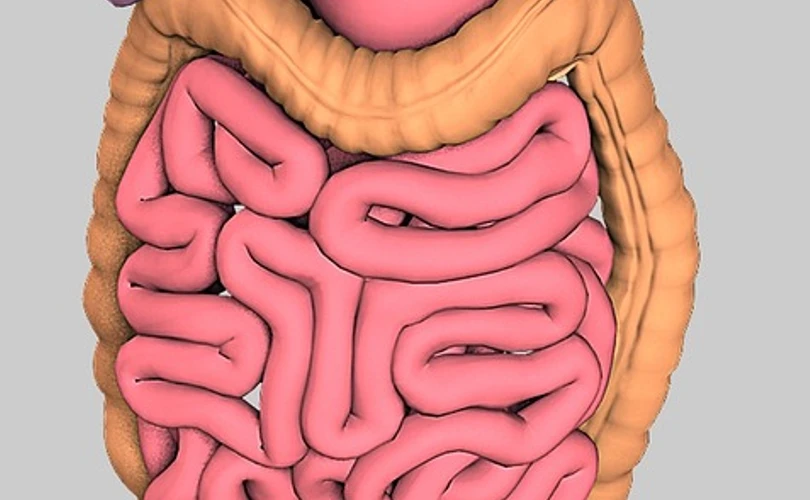Can You Explain Functional Dyspepsia?
There are no anatomical or biochemical abnormalities in functional dyspepsia (FD), sometimes called non-ulcer dyspepsia, a persistent gastrointestinal illness that produces pain or discomfort in the upper abdomen. About a quarter of the world’s population suffers from this prevalent illness.
Functional dyspepsia, or non-ulcer dyspepsia, is a persistent gastrointestinal disease that impacts millions of individuals around the globe. When no structural or biochemical problems are present, the symptoms include upper abdomen pain or discomfort lasting three months or more.
The precise reason for non-ulcer dyspepsia is still a mystery. Still, experts think it is due to a combination of variables, including changes in gut motility, heightened sensitivity to stomach distension, and emotional factors like worry and stress.
Symptoms and Lifestyle
Feelings of fullness or bloating after eating, nausea, belching, heartburn, and other symptoms might differ from person to person and are all part of non-ulcer dyspepsia. A worse quality of life is often the result of these symptoms, which can be pretty upsetting.
Refuting other gastrointestinal issues, such as gastritis, ulcers, and gastroesophageal reflux disease, allows for diagnosing non-ulcer dyspepsia. Modifications to one’s lifestyle, such as one’s diet, level of stress, and level of physical activity, may be part of the treatment choices for non-ulcer dyspepsia with the goal of symptom management. To ease symptoms further, your doctor may prescribe prokinetics, proton pump inhibitors, or H2 blockers.
Nonulcer Dyspepsia
Nonulcer dyspepsia is a long-term illness with manageable symptoms that may never go away entirely. So, it is crucial for those impacted to collaborate closely with their doctors to create a tailor-made treatment plan for their specific requirements and objectives.
Contributing Factors
Although the precise reason behind FD remains a mystery, several variables are believed to contribute to its development, such as:
Impaired motility of the stomach
Intrahepatic sensitization (heightened sensitivity to abdominal discomfort)
Infection with the stomach-causing Helicobacter pylori
Mental variables, like worries and tension Problem with the digestive system
The following are the most typical signs of functional dyspepsia:
Pain or burning in the upper abdomen
Gas discomfort
Feeling satisfied after eating just a modest amount of food is known as early satiety.
Fullness experienced after eating, or postprandial fullness
Feeling queasy
There can be further signs:
Indigestion, belching
Stomach Acid
Lack of hunger
Feeling queasy
Depending on the individual, functional dyspepsia symptoms may be constant or intermittent. Symptoms might range from being hardly noticeable to quite debilitating for some people.
See a doctor to rule out other medical issues if you are suffering any of the symptoms of functional dyspepsia. Although therapies exist to alleviate symptoms, functional dyspepsia does not yet have a cure.
To alleviate functional dyspepsia symptoms, consider the following:
Throughout the day, eat little meals.
If certain meals or drinks bring on your symptoms, try to avoid them.
Relieve tension.
Work out consistently.
Make sure you get adequate shut-eye.
Your doctor may recommend medication if these behavioral modifications do not alleviate your symptoms to an adequate degree. Potential medications for the treatment of functional dyspepsia include:
Acid Reducers
Class I proton pump inhibitors
antagonisms of H2-receptors
Meds for depression
Assessment of prokinetics
Consult your physician if you would want more information on functional dyspepsia.













